Will Smartphone Cameras Take Over The Imaging Market?
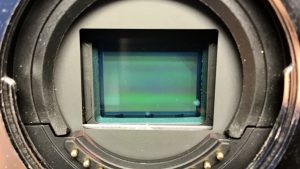
MARKET TREND
Smartphone cameras have become very advanced in recent years. It is now possible to shoot very good smartphone videos and images, even with advanced functionality such as HDR and image stabilization. The rapid development of imaging capability in these devices is impressive, but for people who are interested in traditional photography, there may be reason to worry what this will mean for the digital camera market. According to statistics from CIPA (Camera and Imaging Products Association in Japan), the amount of shipped units of interchangeable lens cameras has dropped dramatically between 2010 and 2020. When looking at the numbers, it seems the decrease is more than 92% during that time period. There are still many manufacturers in the camera market, but some have left the imaging business. For instance Olympus abandoned the camera business in 2020. As a user of their micro four thirds mirrorless cameras, I think they had very good products, but at the end of the day companies sometimes have to make hard business decisions. The pandemic in 2020 has presumably not made the situation better on the digital camera market, and one can expect more things to happen the coming years.
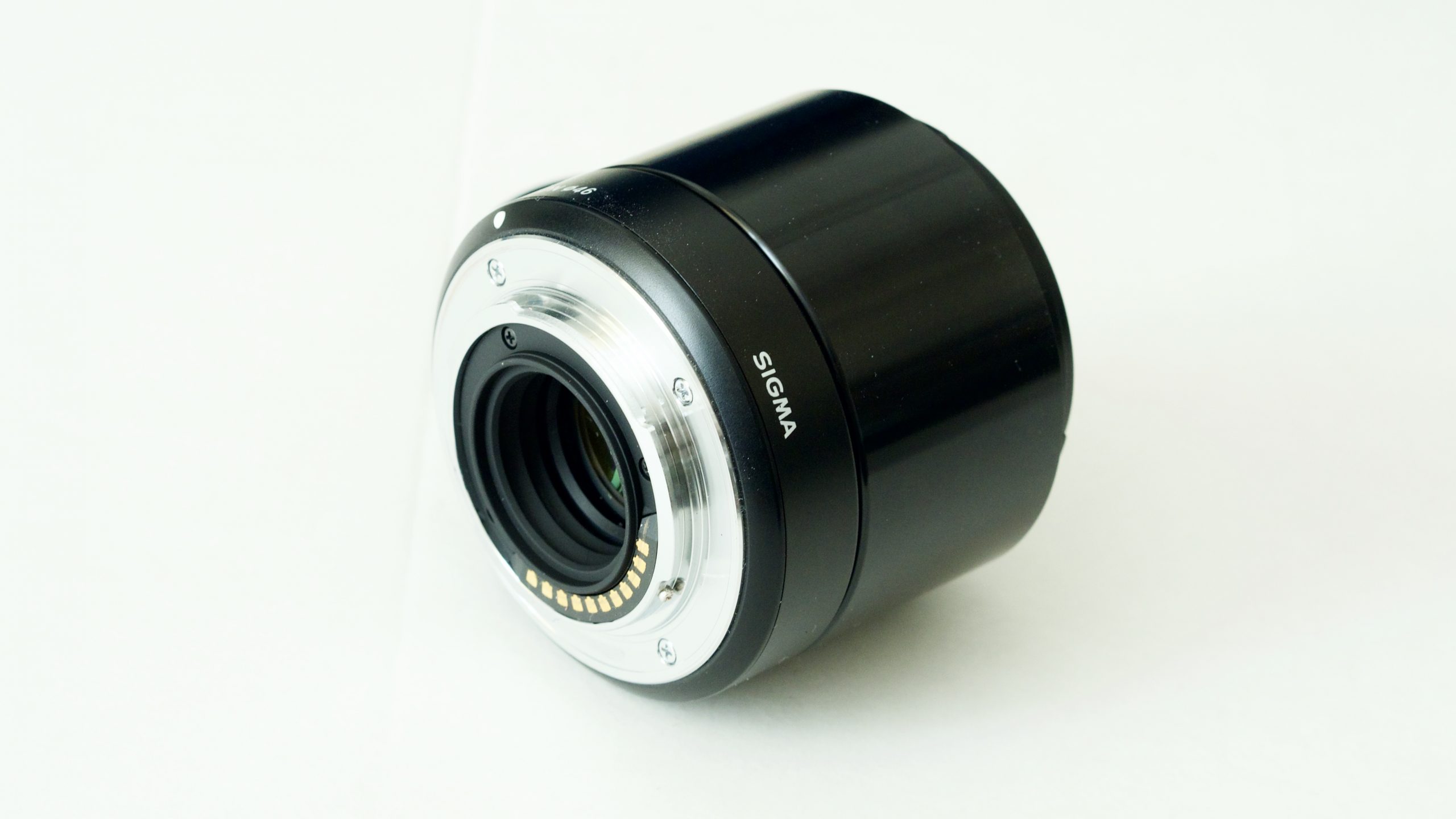
TRADITIONAL CAMERAS
The question is where this development will lead. Will the smartphone cameras eventually take over the imaging market from traditional cameras? – Today there are still several areas where the traditional cameras cannot be replaced, for instance imaging with quality high resolution images, as well as shallow depth of field images. Wildlife photography often requires fast shutter speeds and sometimes very long focal length, which cannot be achieved with today’s smartphone cameras. There are software solutions for smartphones to overcome limitations in these areas, such as artificial blurring out of backgrounds, and stacking multiple frames to reduce noise in lowlight scenes. Still, the image sensor size is something that can make the traditional cameras the only option in certain situations. The question is, will that be the case only in a few narrow niches, or will traditional cameras remain a mass market product.
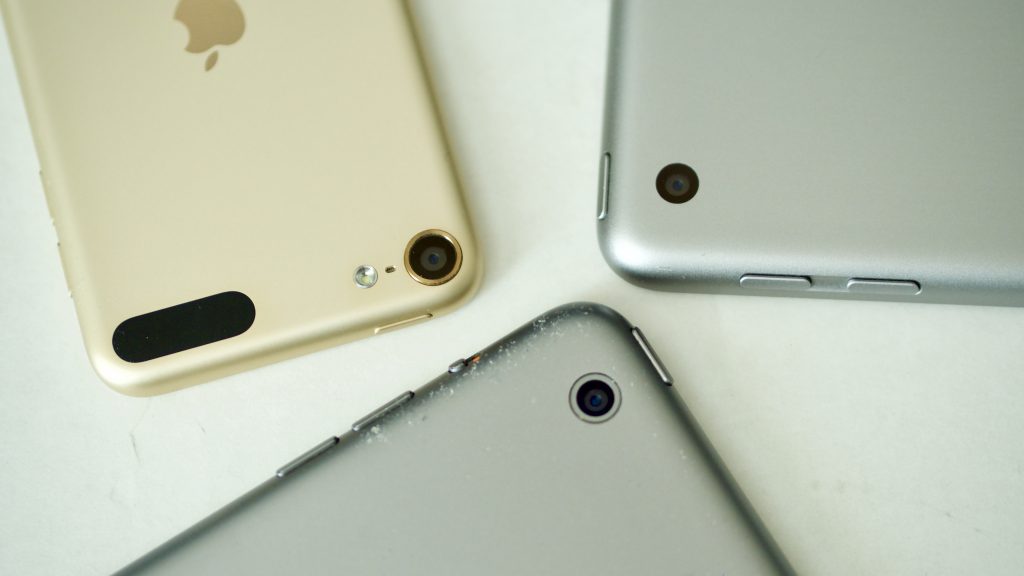
SMARTPHONE IMAGING
My personal opinion about today’s smartphone cameras, is that they are surprisingly good. At the same time, a smartphone photographer has much less control over the resulting images than what is the case when using a camera. The small image sensors makes the images look surprisingly sharp, but when cropping, those images seem to deteriorate more rapidly than images from digital cameras. Another issue I sometimes experience with smartphone cameras, is that the autofocus is often picking the wrong points. When using a traditional camera, I find it is easier to aim at the imaged object to get it in focus. These issues are of course possible to overcome by technological improvements. The increase in smartphone imaging capability is very rapid and software oriented, which will make it superior for certain kinds of imaging. My guess is that 3D stereoscopic images will be the next step.
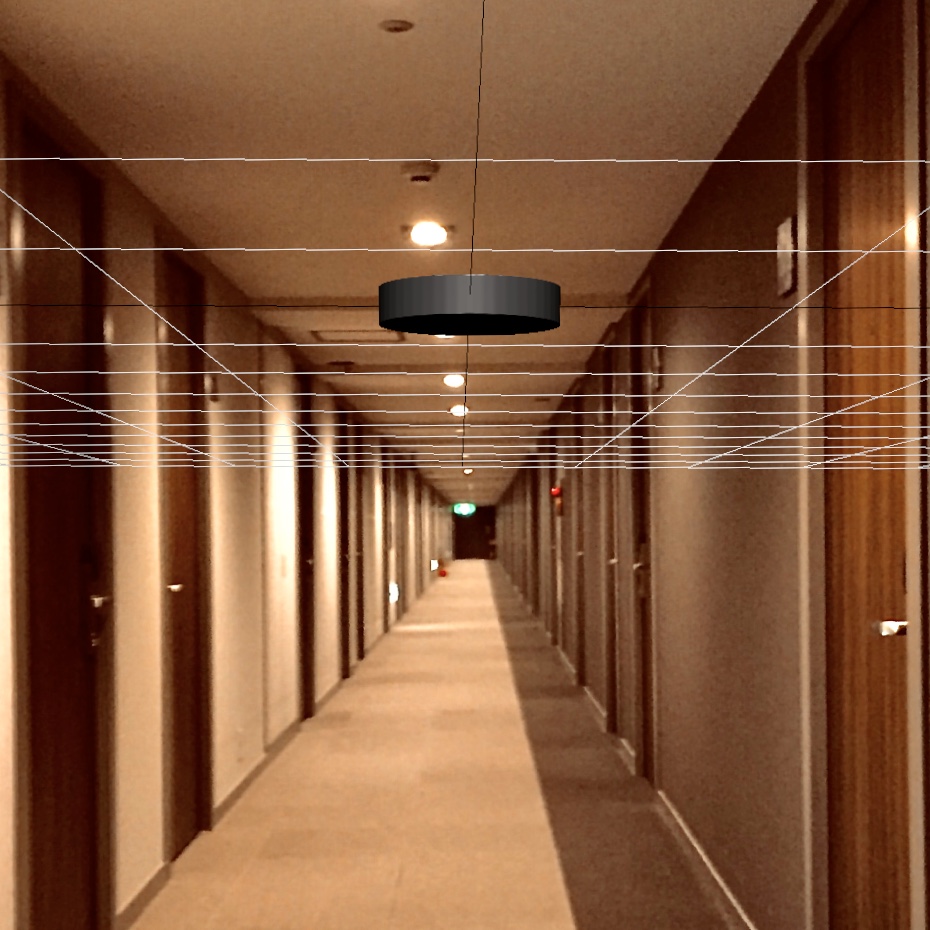
3D IMAGING
The smartphone cameras have one huge advantage over the traditional cameras, which is access to a powerful processor, as well as seamless integration to the internet and multiple apps. When looking into the future one can expect that, the smartphone processing power in combination with the compactness of the smartphone cameras , will result in more stereoscopic images and videos. That will of course require a stereoscopic viewing devices, such as VR glasses. Those will likely soon be widely available on the mass market. Once that technology is launched, the smartphones have entered an area where traditional cameras will have difficulty to compete, for practical reasons. It is hard to imagine a traditional camera with stereoscopic ordinary sized lenses. The camera manufactures may find a single lens solution, perhaps it is possible to achieve stereoscopic effect by displacing the optical path using a mirror or prism. The future will tell. Finally there is of course the augmented reality apps in smartphones, which are available already now for single lens imaging. In the future designed digital 3D objects will likely be mixed with 3D models of scanned environments, created with LiDAR scanner.
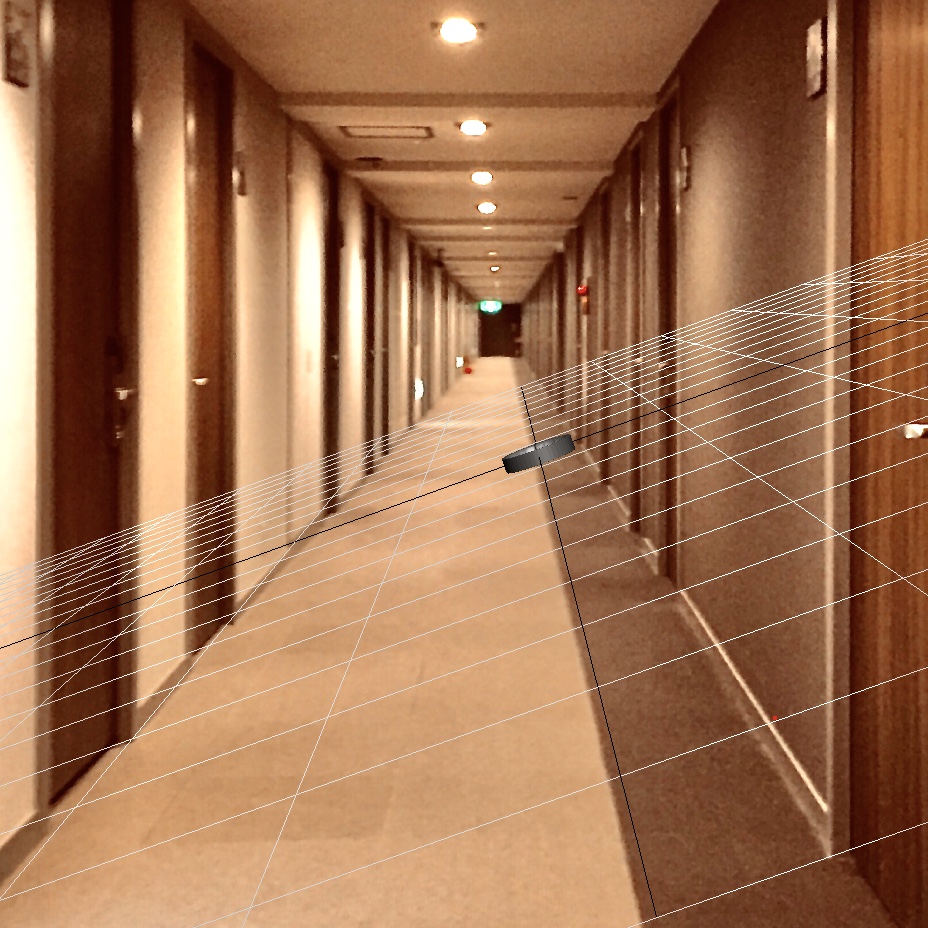
THE FUTURE
When all digital photo albums and social media posts are three dimensional stereoscopic images, it will perhaps look “very yesterday” to shoot two-dimensional images. And how about the scanned environments, which are transformed into 3D models, will we be photoshopping those images in three dimensions like sculptures in the coming years? – Regardless where we are going, it will not happen over night, as usual it will likely be the an evolution where all kinds of imaging devices coexist, until the technologies converge towards something new. It will be interesting to follow this development in the years to come. In the short term, it will be interesting to see how digital camera manufacturers will adapt to this new market environment.

